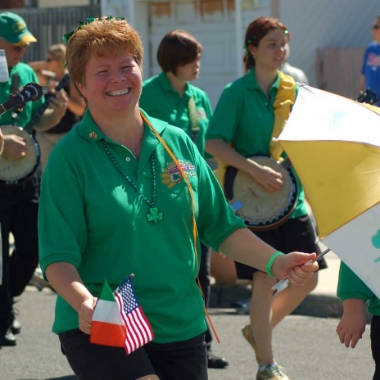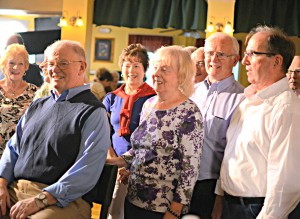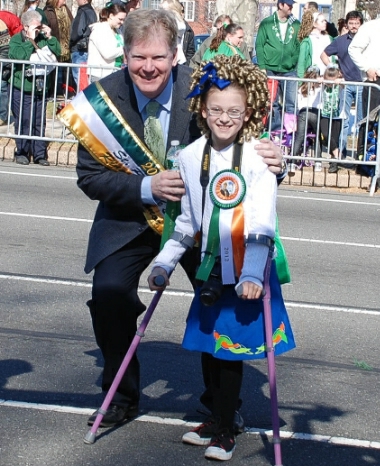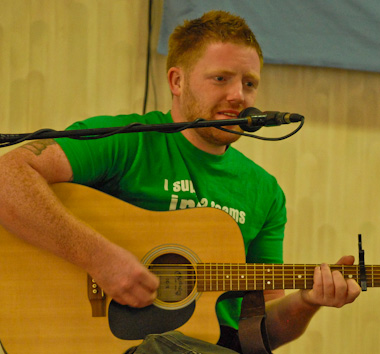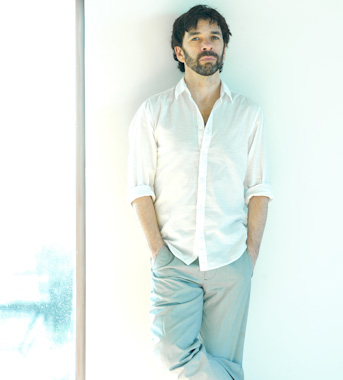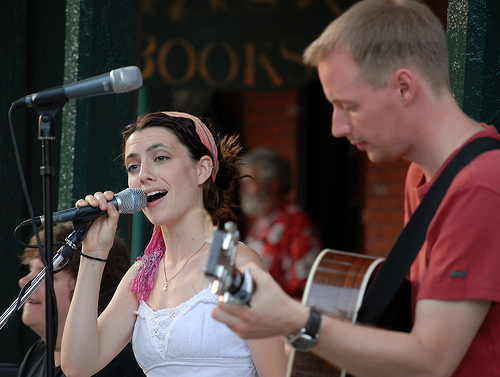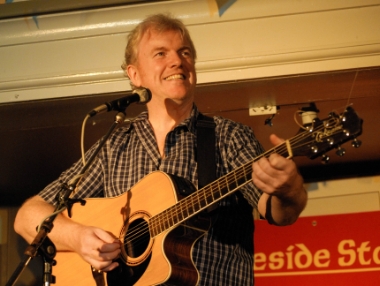This is the weekend when just about every Celtic rock band—and even some trad players–in the region is booked at the shore, either in N. Wildwood, Wildwood, or Sea Isle City. That’s right, it’s the AOH Irish Fall Festival, with nonstop music and merchandise along Olde New Jersey Avenue and at Moore’s Inlet, not to mention every Irish pub, all weekend long.
We counted nearly 100 gigs everything from the AOH tent to Keenan’s, Owen’s Pub, the Shamrock, and Tucker’s. Among the performers and their locations:
The Bogside Rogues (AOH tent, Anglesea Tent, Flip Flopz)
Raymond Coleman (Westy’s Downstairs)
Blackthorn (La Costa in Sea Isle)
The John Byrne Band (Owen’s Pub, Flip Flopz)
Birmingham 6 (Street stage)
2U (AOH tent)
Broken Shillelaghs (AOH tent, Tucker’s)
Secret Service (AOH tent)
Celtic Pride (with All-Ireland fiddler Haley Richardson on the street stage)
The Paul Moore Band (Westy’s Deck)
Jamison Celtic Rock (Keenan’s, Casey’s)
Belfast Connection (AOH Tent)
5 Quid (Flip Flopz)
The Hooligans (Westy’s Deck)
The Shantys (Anglesea Tent, Anglesea inside)
Celtic Connection (AOH Tent)
Slainte (Keenan’s)
The Sean Fleming Band (AOH Tent, Anglesea Tent)
Neil and McHugh (Anglesea inside)
Willie Lynch (Anglesea inside)
No Irish Need Apply (Owen’s Pub)
The Barley Boys (Street stage, Owen’s Pub)
The First Highland Watch (Street stage, Shamrock in Wildwood)
Essex Pipe Band (Owen’s Pub)
Sullivan’s Bridge (Owen’s Pub)
Ballina (street stage)
Kilmaine Saints (AOH tent)
The Screaming Orphans (all the way from Donegal in the AOH Tent)
Derek Warfield and the Young Wolfetones (AOH tent)
Galway Guild (Keenan’s, Tucker’s)
Oliver McElhone (Anglesea inside)
Jamie and the Quietman (Anglesea inside)
Moira Maestra McKenny (street stage)
But there are actually other things happening this week—if you have the strength for them or didn’t go to the shore. Premier Irish step dancer Colin Dunne brings his one-man show to the Painted Bride as part of the Philly Fringe Festival (Thursday, Friday, and Saturday this weekend). Read our interview with this amazing performer.
On Sunday, the Irish Center is hosting a pay-per-view event–the Mayo Vs. Dublin football finals. There will be folks wearing blue (the Dubs) and others wearing red and green (Mayo) and each cheering for their team to win the Sam Maguire Cup. A full Irish breakfast is being served. Get there early–there’s likely to be a crowd!
On Wednesday, the Battlefield Band, one of Scotland’s leading fusion bands, comes to the Ardmore Music Hall in Ardmore with Burning Bridget Cleary, a Celtic fiddle band once described as “like the Allman Brothers only prettier.”
On Thursday, the Boston-based band Long Time Courting, an all-women group featuring Shannon Heaton, will be performing at the Blue Ball Barn in Wilmington, DE.
Then on Friday, get ready to gear up again for lots of music and merch at Bethlehem’s Celtic Festival, featuring highland games (watch the caber toss), border collies, haggis, and a host of topnotch performers, including said Burning Bridget Cleary, Barleyjuice, the Glengarry Bhoys, Jamison, Kilmaine Saints, RUNA, Seamus Kennedy, Slainte, The Elders, Timlin and Kane, and The Makem and Spain Brothers. Have some laughs too with the Irish comedy tour.
Also next weekend, harpists Grainne Hambley and William Jackson will perform at Crossroads Concerts in Philadelphia.
There’s a lot of craic going on in the next two weeks—have fun responsibly!

